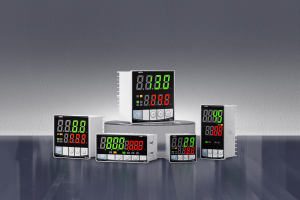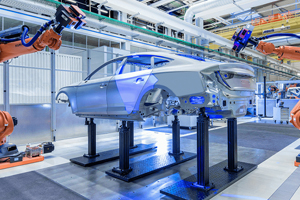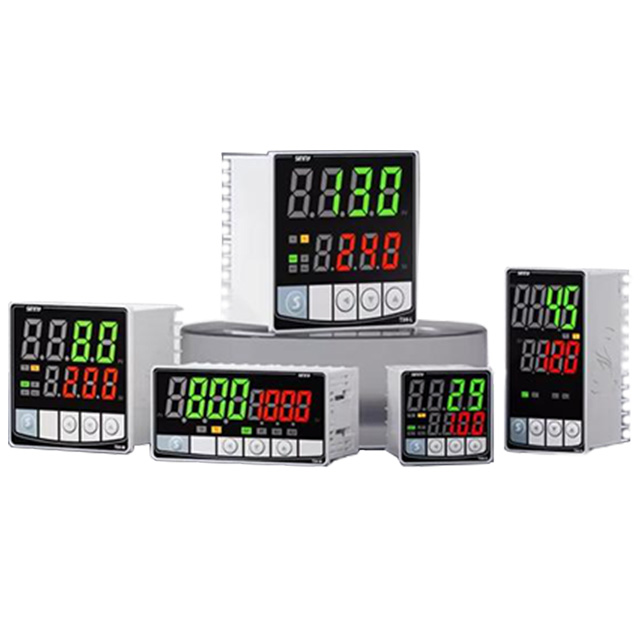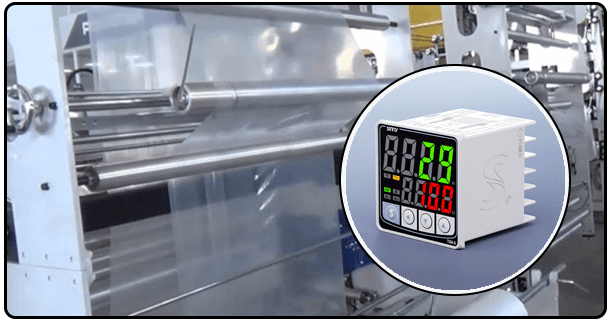A Need for Accessible Climate Contro
1. Accessible Climate Control: A Need for Accessible Climate Control
The article explores the design of a digital PID controller that is accessible. This article focuses on the development of a digital PID temperature controller that is designed with accessibility in mind. The project is based on a thorough understanding of PID theory, as well as the specific requirements of blind users. This ensures a design which is technically sound but also genuinely accessible.
2. PID controllers are the foundation of precise temperature regulation.
The temperature is the primary process variable in temperature control. A PID controller's effectiveness lies in the ability of the device to reduce the difference between the setpoint temperature desired and the measured temperature. This will maintain a consistent and stable environment.
This is achieved by the controller's three main components, Proportional(P), Integral(I), and Derived (D). The proportional term corrects the current error by applying a correction in inverse relation to its magnitude. Integral addresses cumulative effects of previous errors to ensure long-term accuracy. The derivative term, which predicts errors in the future based on current error rates, dampens and prevents overshooting. This interplay allows for the PID to react dynamically to changes in temperature. The controller's robustness and reliability are ensured by this technical base.
3. Design considerations for the blind: prioritizing accessibility and usability
To create a temperature control accessible for the blind, a shift from visual interfaces to multi-sensory interactions is required. It is important to ensure that the entire controller's functionality can be operated and understood without sight. Accessibility is viewed holistically, with a focus on clear feedback and input, intuitive methods of input, as well as a logical architecture.
In this context, accessibility means creating a system which is easy to use, intuitive, comprehensible, and reliable for people with vision impairments. It is important to incorporate diverse input methods, including voice commands, tactile keys with clear feedback or Braille displays. It must provide clear feedback to users, such as auditory indicators, like spoken messages (e.g. setpoints), tactile indicators, or Braille. The user interface should also be intuitive with clear navigation and hierarchy, allowing users to understand and adjust the system easily. The controller will move beyond usability to true accessibility by prioritizing the design considerations. Blind users can now manage their own thermal environment independently.
4. Hardware Components for Building an Accessible System
Physical implementation of an accessible digital PID controller is based on carefully chosen hardware components. The sensors are used to convert the temperature variation into an electrical signal, which is then needed as raw data for controlling.
The actuators adjust temperature by physically adjusting the thermostat. They are controlled by controller decisions. Heating elements such as resistive coils, dissipate electricity to produce heat. In cooling systems, the actuators may include fans, or in complex systems refrigeration cycles. The controller sends signals to these actuators, which modulate their operation in order to get the temperature measured closer to the setpoint. Microcontrollers are compact but powerful computers that act as the brain of any operation. The microcontroller processes sensor data, runs the PID algorithm, creates signals to control the actuators and handles all interactions with the user interface. Microcontrollers of today have enough processing power and connectivity to perform these tasks. Input devices enable user interaction. The system includes non-visual methods of input to cater for the blind. This could be speech recognition for voice commands, tactile buttons in distinct textures or shapes, or large tactile buttons for physical interaction. The controller's hardware is made up of a number of components that work together to provide reliable and accessible temperature control.
5. Intelligent Control Core: Software Design
The software is an intelligent component that complements the foundation hardware and translates the user's intentions into accurate temperature regulation. The software implements the PID algorithm at its core. The software reads the raw temperature data, converts it to a meaningful value, calculates the difference between the measured value and the setpoint defined by the user, then applies the PID, I and D calculations in order to decide the control output for actuators. Software must be robust and efficient, as it needs to perform these calculations real-time in order to respond to changes in temperature.
The software manages the interface, which is beyond the control logic. It includes processing voice commands and tactile buttons to interpret user requests, such as setting a temperature or querying current status, providing feedback that is clear and unambiguous, and interpreting input from accessibility devices. This feedback, which is usually delivered using synthesized voice, is vital for blind users. It can include information like the temperature at the moment, the setpoint or error messages.
6. The Implementation Process: From Conceptual Design to User-Ready Prototype
This phase is not complete without user testing. The cycle of prototyping and testing continues until a system reaches a high degree of user satisfaction and usability. This shows a dedication to developing a truly effective and accessible solution.
7. Benefits of Enhancing the Quality of Life
A sophisticated PID algorithm is used to ensure accurate and reliable temperature regulation. It also leads to an increase in comfort as the user can keep their desired temperature setting consistently. The health benefits of stable temperatures can also be attributed to the fact that they reduce discomfort and other serious conditions caused by extreme temperatures. This controller has a wide range of applications. This controller could be integrated with home climate controls, which would allow blind people to control heating and cooling at their homes. In healthcare facilities such as residential care homes or hospitals, temperature control can be critical to patient comfort. It could also be used in offices, public places, and educational institutions. This shows the potential of accessible technology for improving inclusivity.
8. Conclusion: A Step Towards Inclusive Climate Control
The development of an accessible digital PID controller for blind users is a major step in creating a world that's more inclusive. The project successfully combined robust PID technology with accessibility considerations to create a system which is technically effective as well as genuinely accessible for the blind. The controller is designed to address the challenges that this group faces by focusing on multi-sensory interactions, clear feedback and intuitive design. This promotes greater independence, while also improving quality of life. Iterative design, based on direct feedback from users, demonstrates the dedication to developing a product that meets its intended user's needs. Although this is a major advancement, it's not the end of development. The future work may explore improved integration with smart-home systems, enhanced language support for voice command, or advanced predictive algorithms that optimize comfort and efficiency. The project is a demonstration of the power of accessible technologies to help bridge the divide between users and complex systems. It will pave the way to a future that's more comfortable and equitable for everyone.
- Understanding Dual Loop PID Temperature Controllers: Advanced Control for Complex Systems
- Understand 86264V Temperature Controllers Wide Voltage Range Compatible & Precise control explained























